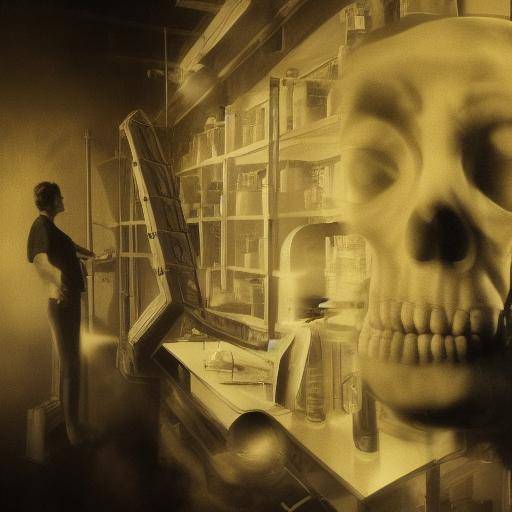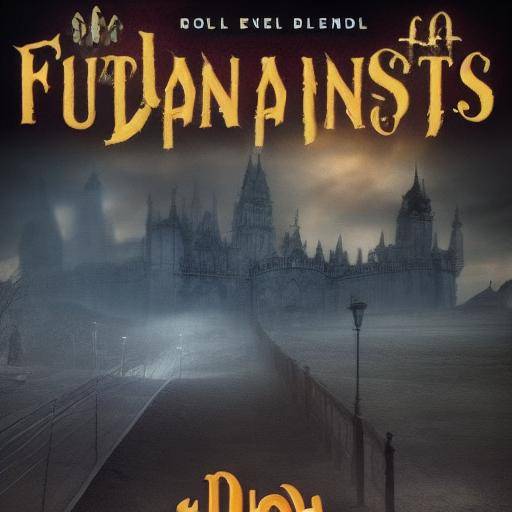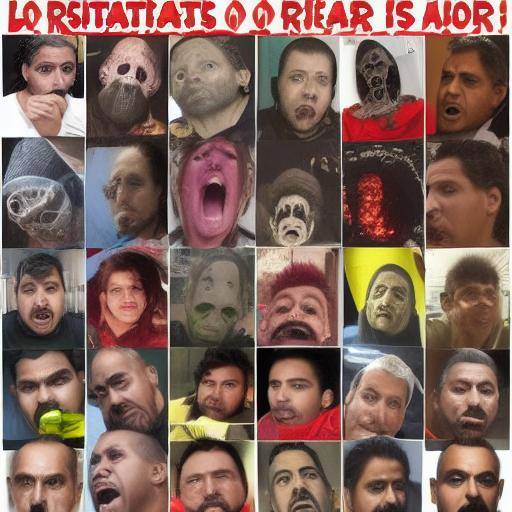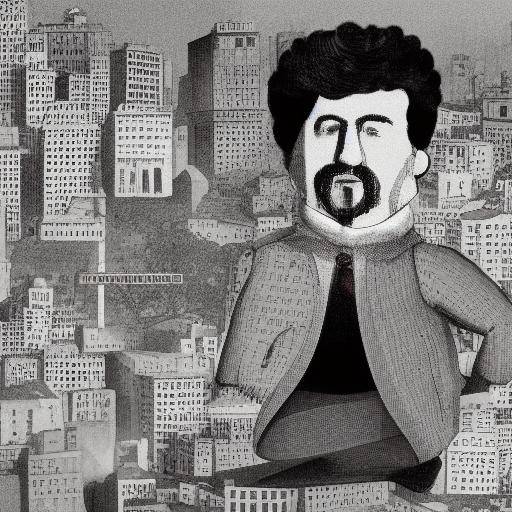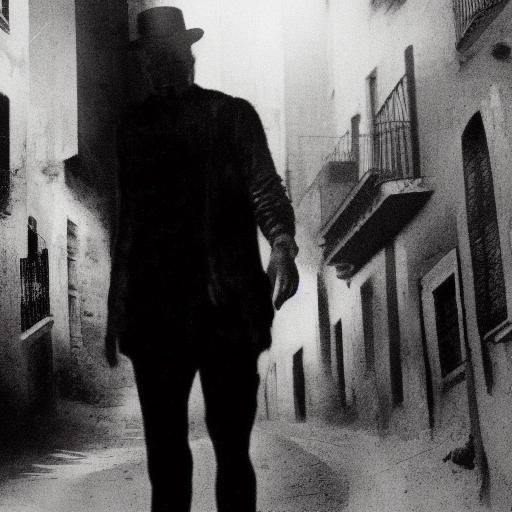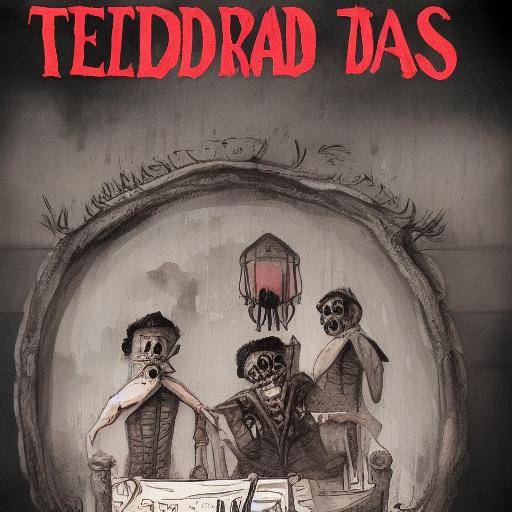
Impact on the Society
The influence of horror stories in the digital world encompasses multiple aspects of modern society. These narratives not only act as a form of entertainment, but also reflect and shape contemporary fears, anxieties and dilemmas. From concerns about online privacy to fear of uncontrolled artificial intelligence, horror stories in the digital world provide a framework for exploring and confronting the concerns of the technological era.
Contemporary Issues and Fees
- Online Privacy: The narrative of digital terror often addresses fear of loss of privacy and constant vigilance. Stories about hackers, hidden cameras and personal data exposed reflect security anxieties in the digital age.
- Artificial Intelligence: Reports involving uncontrolled artificial intelligence, rebel robots or autonomous systems that turn against humans reflect the fear of technology that overcomes our control.
- Virtual and Enhanced Reality: The stories that explore the limits between the real and the virtual, such as simulations that become too real or games of augmented reality that trigger terrifying events, highlight the fear of losing the connection with reality.
Emotional and Psychological Impact
Fear is a primordial emotion that has evolved along with humanity, and horror narratives in the digital world trigger fundamental psychological responses. From the chill to the sense of vulnerability to the unknown, these stories can deeply affect our perceptions and behaviors. The relationship between digital terror and human emotions underlines the importance of understanding how these narratives influence our minds and our reactions.
Similarities and Differences with Traditional Narratives
Common elements
- Suspense and Surprise: Both traditional and digital stories manipulate the suspense and surprise to keep the audience in tension.
- Exploration of the Supernatural: Both forms of narrative address supernatural issues, although context and details can vary.
Distinctive differences
- Inmediatity and Interactivity: Digital stories can offer a more immediate and interactive experience, allowing users to participate actively in the narrative.
- Massive Dissemination: The ability of digital stories to spread quickly through social networks and other online platforms increases their reach and impact.
- Multimodal dimension: The combination of text, images, videos and interactive elements in digital stories creates a unique immersion that intensifies the emotional impact and sensation of realism.
Examples of Digital Formats
- Creepypastes: Brief and terrifying stories that spread through social forums and networks. Famous examples include "Slender Man" and "Jeff the Killer".
- Videos of Terror on YouTube: Channels dedicated to horror stories, such as "Marble Hornets" and "Local 58", use the video format to create shocking visual narratives.
- Terror Games: Video games like "Five Nights at Freddy's" and "P.T." (Silent Hills) offer immersive experiences of terror where players interact directly with the creepy atmosphere.
Practical Tips
Cultivate a Critical Approach
- Source verification: Check the credibility of the sources and truthfulness of the stories to avoid falling into the trap of disinformation.
- Context Analysis: Understand the context in which horror stories are presented to discern between fiction, reality and intentional manipulation.
- Education in Media Literacy: Promote education in media literacy to develop critical skills in digital content assessment.
Promote a Conscious Consumption
- Dialog on Emotional Impact: Encourage open dialogue on how horror stories emotionally affect people, promoting a healthy discussion of fears and anxieties.
- Establish Consumer Limits: Set limits on the consumption of terror content to prevent negative effects on mental and emotional health.
- Search Support if required: Do not hesitate to seek professional support if the content of digital terror negatively affects mental health or causes severe anxiety.
Conclusion
The horror stories in the digital world transcend mere fun to get into the realm of the underlying, revealing deep fears and existential questions in the context of the technological era. In exploring these narratives, it is essential to recognize their influence in our society, to understand their dynamics compared to traditional narratives and to adopt strategies that favor informed and balanced interaction with the digital world.
Ultimately, the horror stories in the digital world invite us to reflect on our relationship with technology, collective imagination and diffuse limits between real and virtual. In an environment where the inexplicable and the fantastic converge, these narratives continue to weave their influence, reminding us of the eternal fascination of humanity for fear and the unknown in all its forms.
Frequently asked questions
- What is the impact of digital terror stories on society?
- Digital horror stories reflect and shape contemporary fears, such as online privacy and artificial intelligence, emotionally and psychologically affecting people.
- What difference does it make to the stories of digital terror of the traditional?
- Digital stories offer immediacy, interactivity and mass diffusion, as well as combining text, images, videos and interactive elements for a more immersive experience.
- How can digital terror stories be consciously consumed?
- Verifying sources, analyzing the context, promoting education in media literacy and establishing consumption limits.
- Why are horror stories still popular in the digital era?
- They continue to fascinate because they address deep fears and offer a way to explore and confront our anxieties in a controlled context.
- How do digital terror stories affect emotionally?
- They trigger fundamental psychological responses, from the chill to the sense of vulnerability, and can influence our perceptions and behaviors.




























